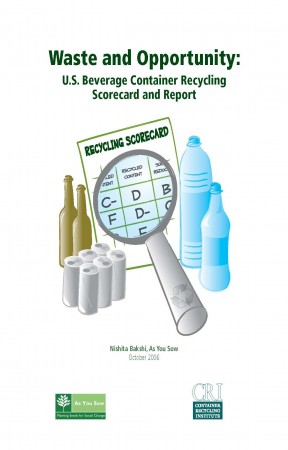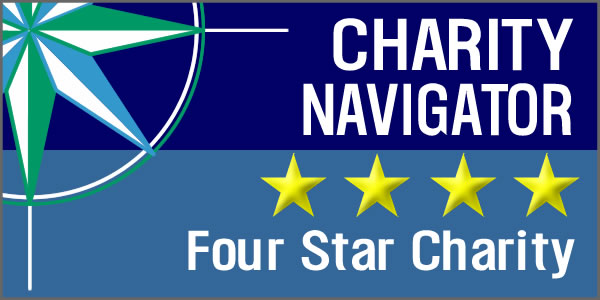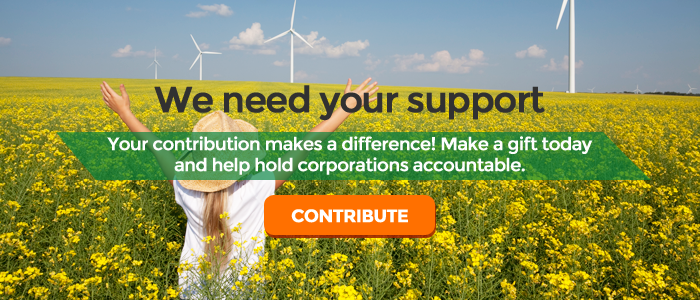Every year in the U.S. nearly 200 billion beverage containers are sold, two-thirds of which are landfilled, incinerated or littered. Increased recycling efforts have been unable to match increases in beverage sales, resulting in a decline in beverage container recycling rates from 53.5% in 1992 to 33.5% in 2004. Containers and packaging form the largest segment of municipal solid waste and beverage containers comprise nearly 15% of all packaging. Beverage bottles and cans are not only among the most recyclable but also the most economically valuable materials in the municipal waste stream. Replacing these cans and bottles with new containers made from virgin materials consumes large amounts of energy, water and other natural resources.
Closing the recycling loop through increased container recovery and use of recovered materials to manufacture containers helps conserve natural resources, reduces greenhouse gas emissions fueling global warming, and saves energy, potentially lessening our dependence on imported oil. Therefore, beverage companies were asked to disclose their actions and goals to promote beverage container recovery and recycling.
This report identifies efforts by beverage producers to use more recycled content in their containers, to increase recovery and recycling, and to reduce material use. Twelve leading beverage companies received the survey and five companies responded to the survey. All twelve companies were evaluated by using publicly available information from websites and annual reports, and on the basis of survey responses.
The core criteria considered were:
- Inclusion of recycled content in beverage containers
- Involvement in beverage container recovery and recycling
- Involvement in source reduction of plastics, aluminum, glass



